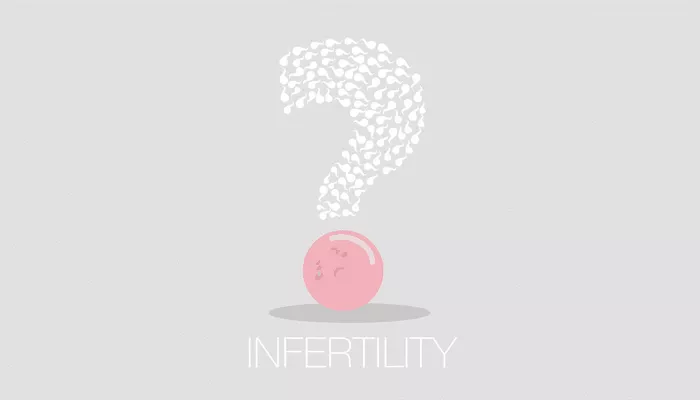The Bravelle market has witnessed significant expansion in recent years, with forecasts predicting continued growth from $XX million in 2024 to $XX million in 2025, driven by a compound annual growth rate (CAGR) of $XX%. This surge is attributed to the increasing demand for ovulation induction therapies, supportive government policies promoting fertility treatments, expanding healthcare access in emerging markets, and a growing acceptance of fertility preservation techniques.
Over the next several years, the Bravelle market is expected to maintain a strong upward trajectory, with an anticipated CAGR of $XX%, reaching an estimated $XX million by 2029. This growth is linked to several key trends, including rising popularity of natural and alternative fertility treatments, the strengthening of healthcare infrastructure in developing economies, a heightened focus on fertility preservation among younger populations, and more widespread healthcare insurance coverage for fertility procedures. Additionally, the growing societal acceptance of assisted reproductive technologies (ART) is contributing to the market’s expansion.
Technological advancements are also playing a critical role in shaping the future of the Bravelle market. Innovations in artificial intelligence (AI) and machine learning are expected to enhance in vitro fertilization (IVF) success rates. The integration of genetic screening with ART, the increasing focus on male infertility treatments, and the adoption of digital health solutions are all factors that will likely drive further market growth. A shift towards more holistic approaches to fertility care is also anticipated.
The demand for Bravelle, a medication that stimulates the ovaries to produce more eggs for fertilization, is expected to increase due to the rising incidence of infertility. Infertility, defined as the inability to conceive after a year or more of regular, unprotected intercourse or the failure to maintain a pregnancy, is on the rise globally. Contributing factors include lifestyle changes, delayed family planning, stress, and environmental challenges.
Bravelle, which is particularly effective for women facing ovulatory problems or undergoing assisted reproductive techniques such as IVF, is in high demand. For instance, in February 2024, the UK’s Office for National Statistics reported a decline in the total fertility rate (TFR) to 1.49 children per woman in 2022, down from 1.55 in 2021. This trend highlights the increasing infertility rates, which are driving the growth of the Bravelle market.
As infertility rates continue to climb, the market for Bravelle is expected to grow significantly, fueled by both technological advancements and changing societal attitudes toward fertility care.
Related topics:
In Vitro Maturation: A Less Invasive Alternative to IVF Gains Ground

























